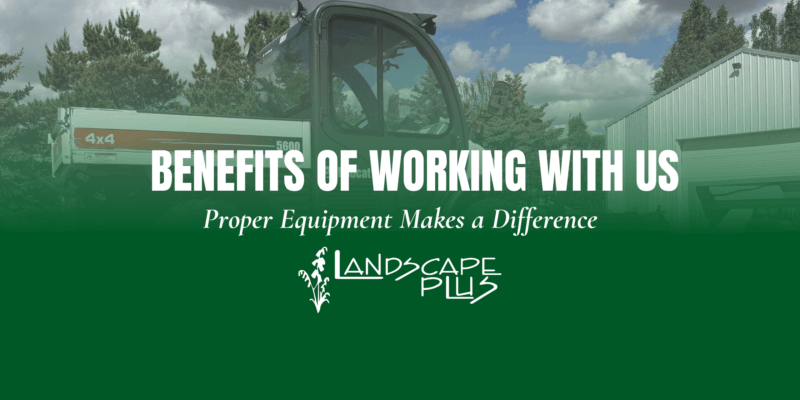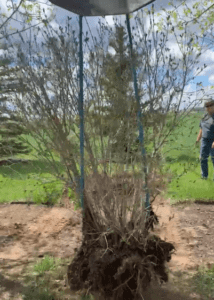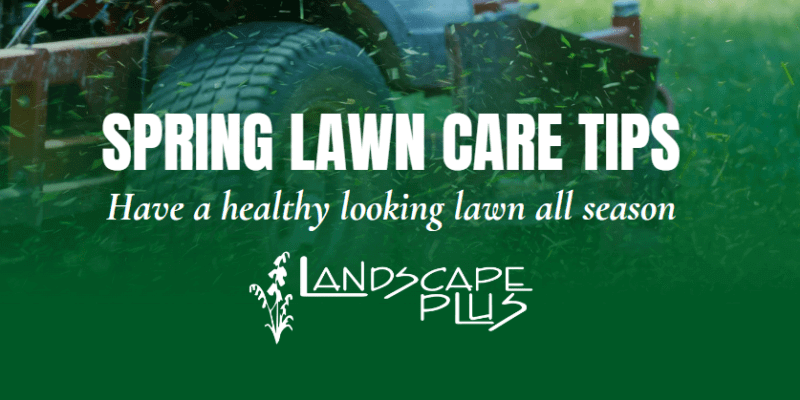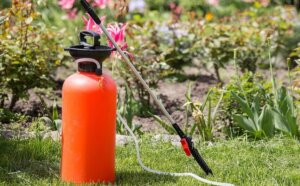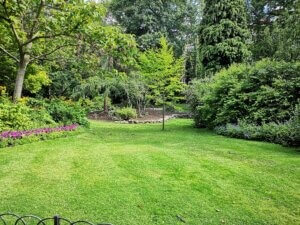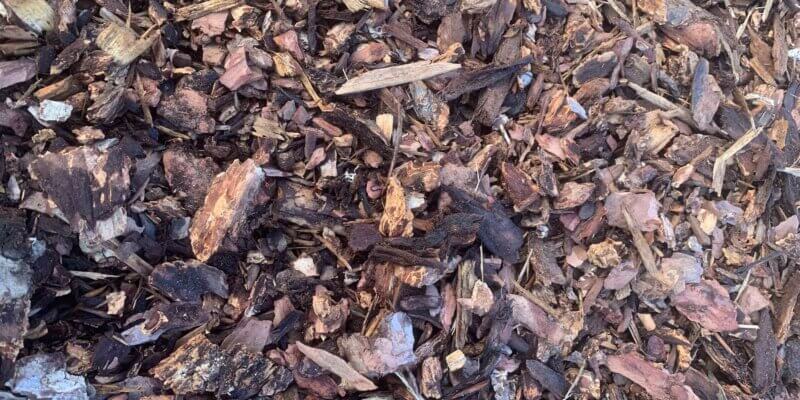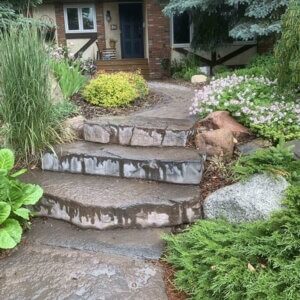Working with Landscape Plus in Strathmore, we understand that having the right tools is essential for delivering exceptional results. That’s why we’re excited to spotlight one of our key pieces of equipment: the Toolcat by Bobcat.
First introduced to us back in 2004, the Toolcat was a game-changer when it first hit the market. Now, with years of reliable service, it continues to prove its worth. Here’s why having top-quality equipment like the Toolcat is so important for our team and our customers:
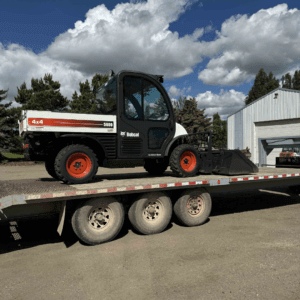
Versatility and Efficiency
The Toolcat is incredibly versatile, equipped with a dump box, towing capabilities, and the ability to use various attachments.
Those who live around here know that our climate means that any successful landscaper is doing a variety of jobs in in a variety of conditions to keep busy year round. The Toolcat tackles a wide range of tasks efficiently, whether it’s winter snow removal or spring sweeping.
The adaptability of this machine allows us to handle different challenges with ease, ensuring your project is completed effectively and on time.
Speed and Accessibility
With a top speed of 30 km/h, the Toolcat is not only powerful but also fast. This speed allows us to move quickly, saving time and money.
To truly understand the importance of quick work, try getting to work after a blizzard in Alberta! The crews that are out and about getting the job done ensure that your morning commute is smooth sailing.
Cost-Effectiveness
Investing in high-quality equipment might seem like a big upfront cost, but it pays off in the long run. The Toolcat’s reliability and efficiency reduce the need for frequent repairs and replacements.
Our goal is to extend the life of our tools with proper care and maintenance. Investing in quality equipment in the first place keeps our costs down in the long run.
For our customers, this translates into more cost-effective services. We can maintain competitive rates while still delivering superior results because our tools help us get the job done right the first time.
Working with Landscape Plus means Reliability and Experience
Our commitment to using top-notch equipment reflects our dedication to providing the best service possible. With the Toolcat and other advanced tools in our arsenal, we bring years of expertise and reliability to every project.
Our equipment’s performance and our skilled team’s experience ensure that you receive the highest standard of service.
Choosing Landscape Plus means you’re working with a team that prioritizes quality and efficiency. Trust us with your landscaping needs and experience the difference that the right tools can make!

